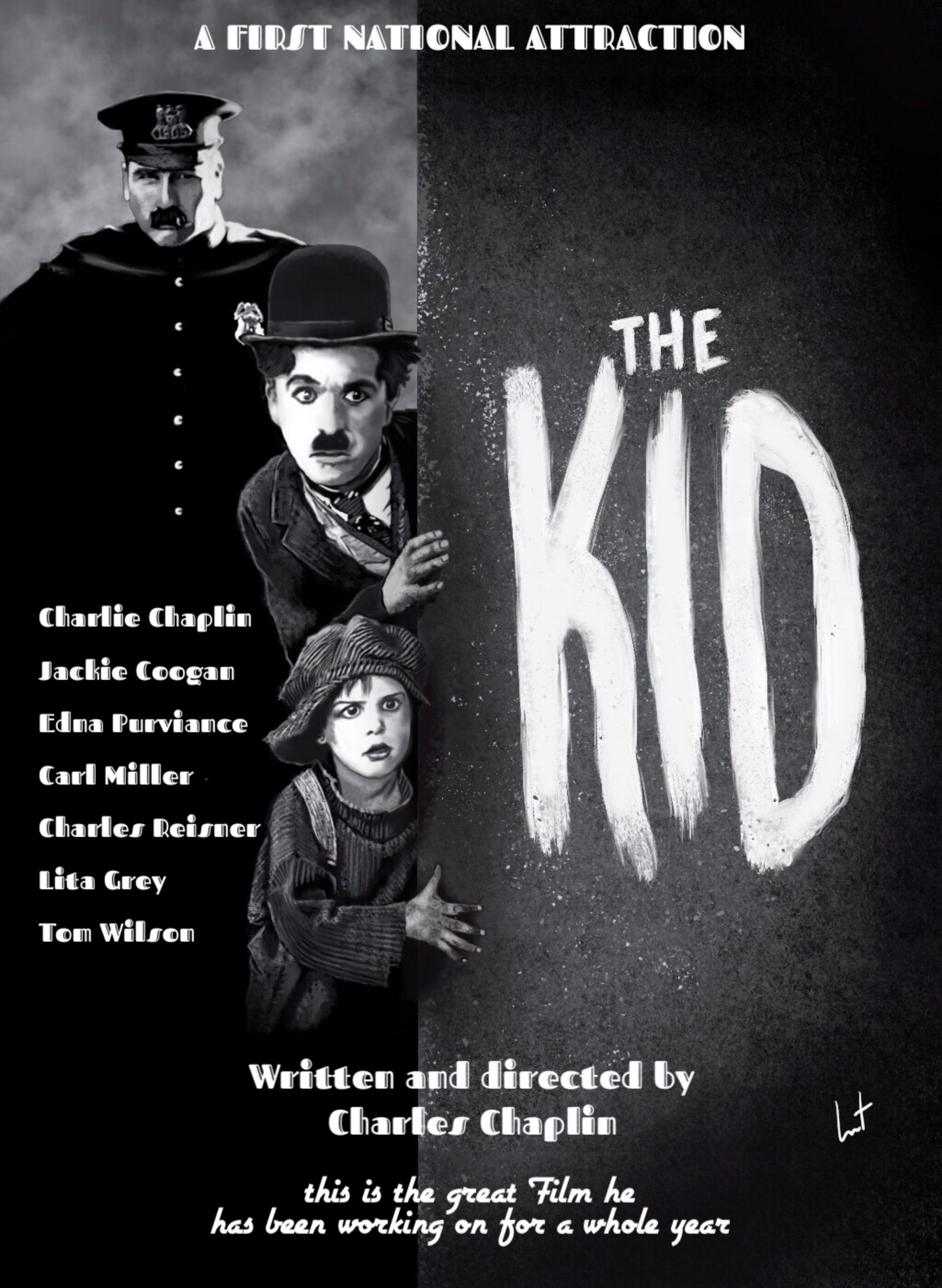Introduction Few figures in cinematic history are as universally recognized as Charlie Chaplin, the pioneering filmmaker and actor whose signature character, The Tramp, became an enduring symbol of silent cinema. In 1921, Chaplin released his first full-length feature film, The Kid, which not only solidified his reputation as a master…
Tag: movie review
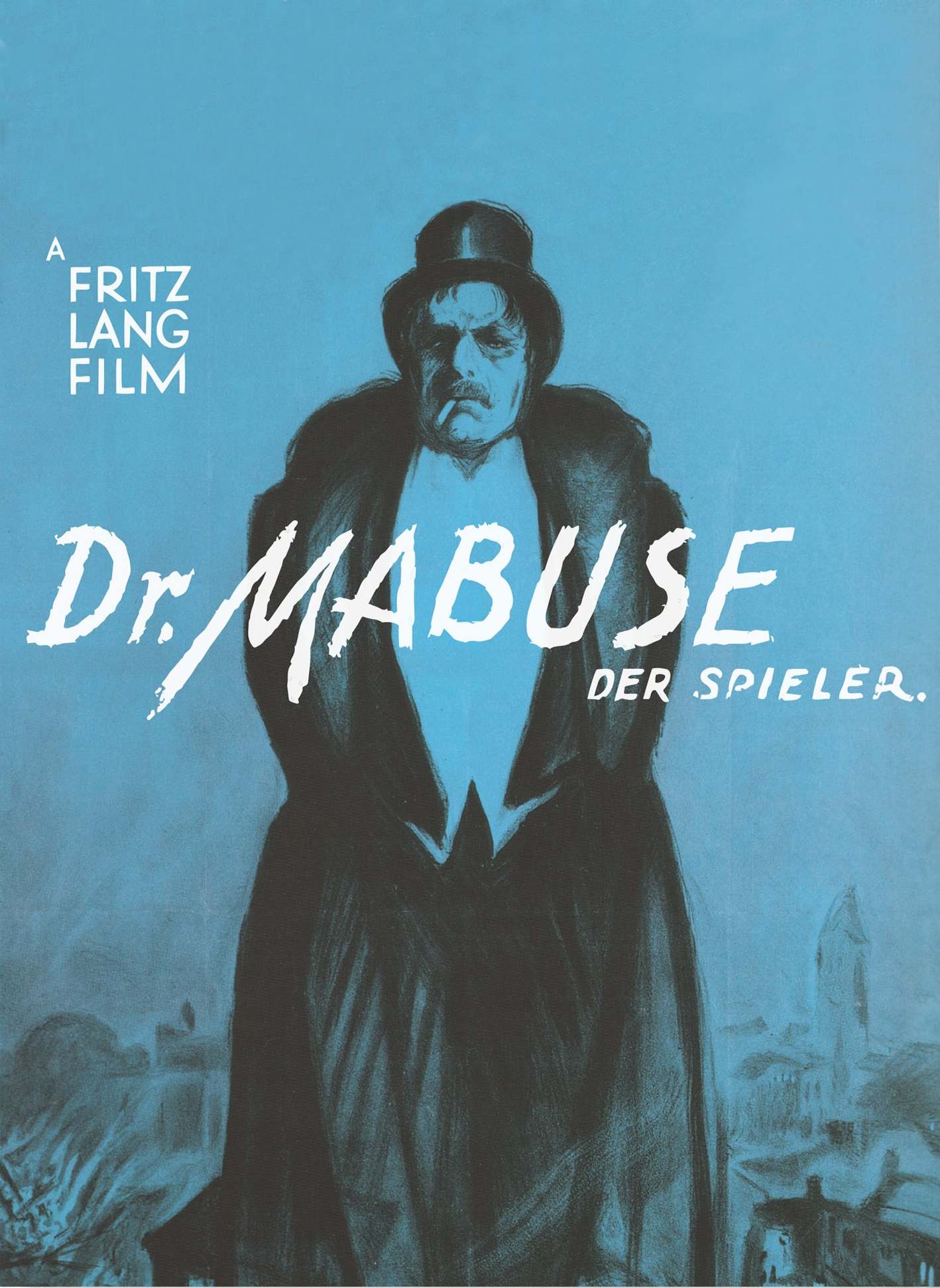
Dr. Mabuse the Gambler
A Silent Masterpiece of Crime and Control Fritz Lang’s “Dr. Mabuse the Gambler” (1922) stands as a towering achievement in the annals of silent cinema. This German expressionist epic, spanning nearly four and a half hours, weaves a complex tapestry of crime, manipulation, and societal decay that continues to captivate…
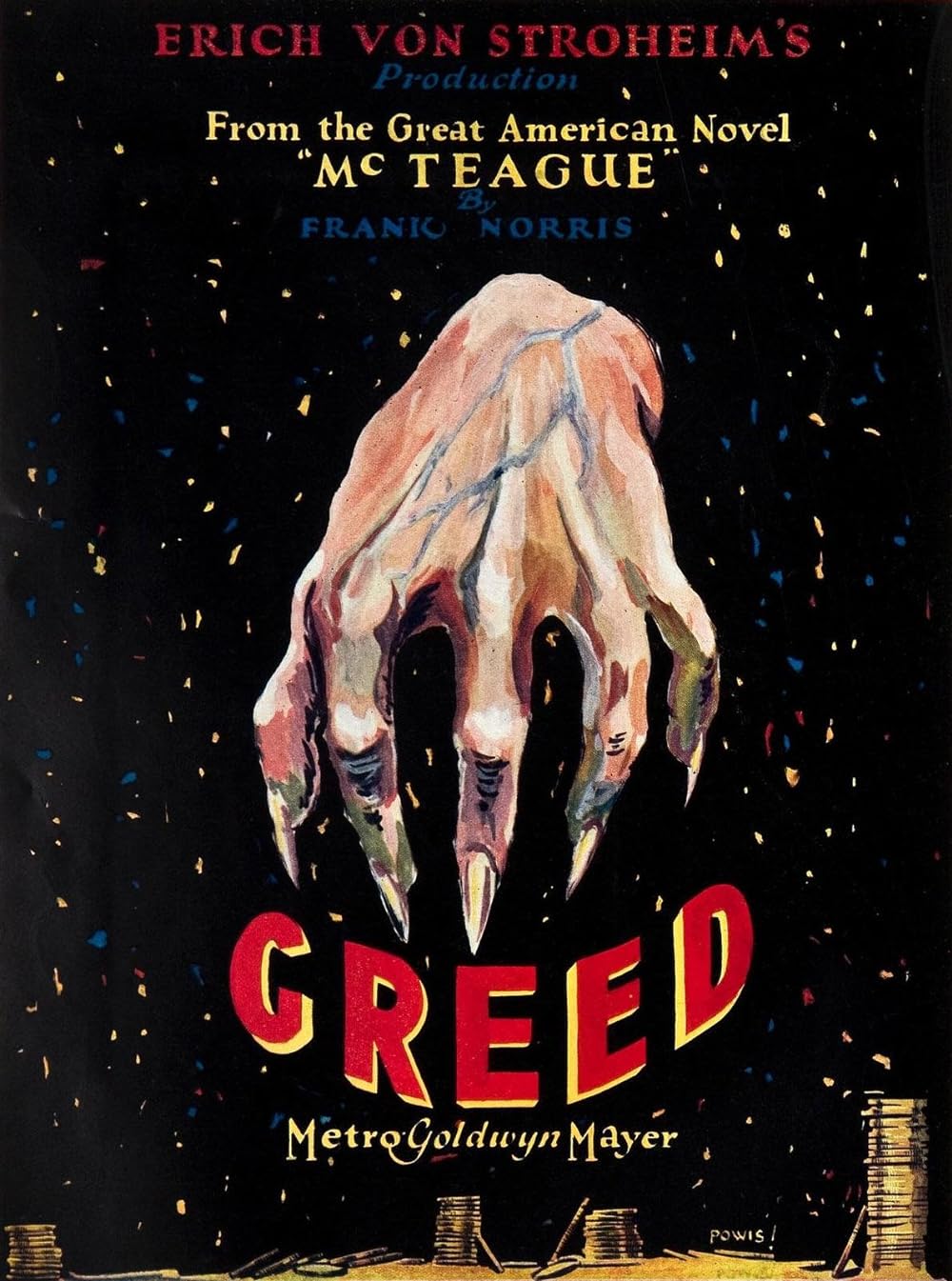
Greed (1924)
Welcome to this week’s Vintage Movie Review on Blind Skeleton! Today, we delve into the depths of human nature with Erich von Stroheim’s 1924 silent film, “Greed.” Based on Frank Norris’s novel “McTeague,” “Greed” is a powerful exploration of the destructive power of avarice. The film tells the story of…
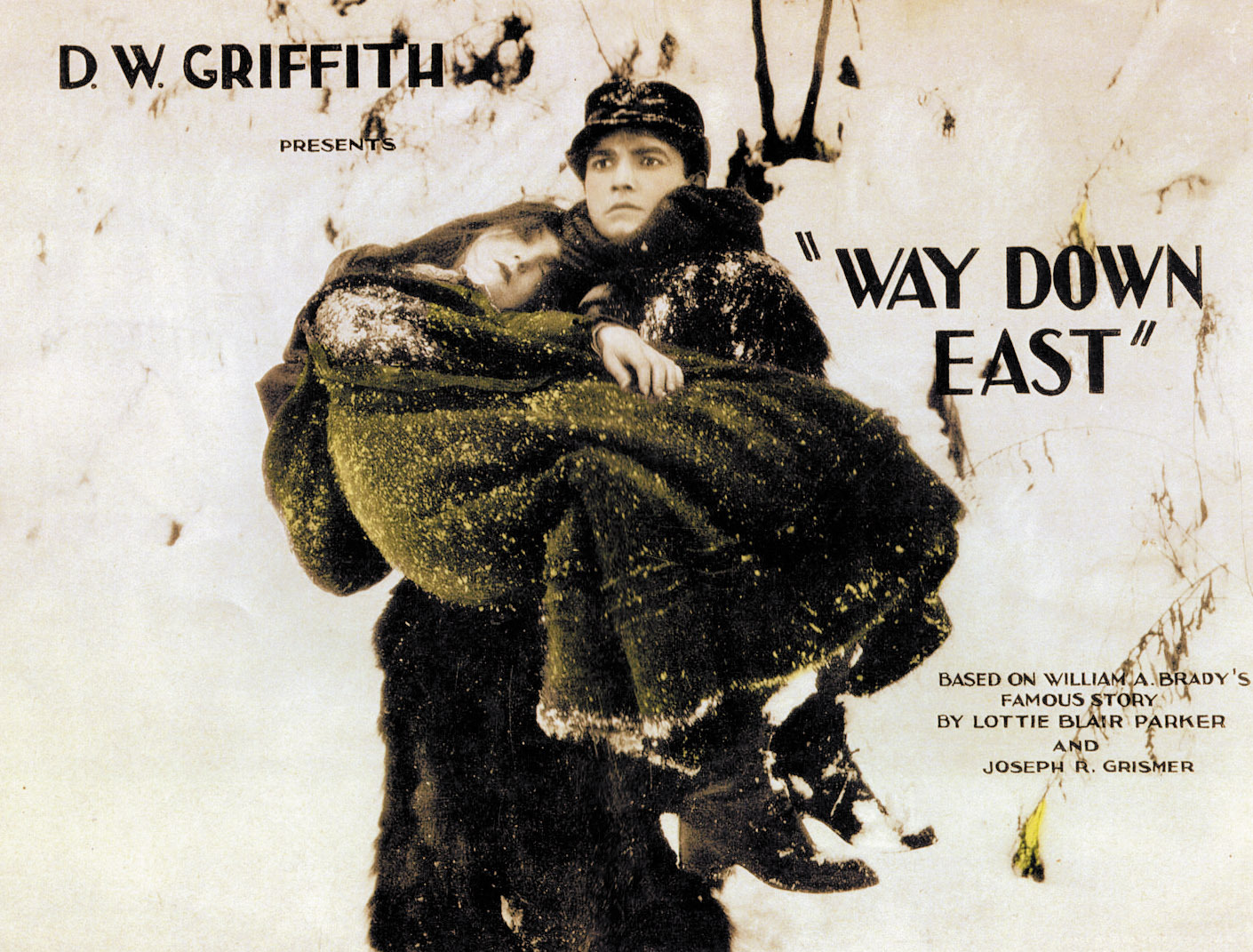
Way Down East
“Way Down East,” directed by D.W. Griffith and released in 1920, is a silent film adaptation of Lottie Blair Parker’s play. It explores themes of morality, social justice, and personal redemption through Anna Moore’s story of societal scorn, tragedy, and eventual love. Griffith’s innovative narrative techniques and technical achievements, like the iconic ice floe sequence, make it a landmark in early American cinema. Despite facing criticisms for its melodramatic elements and portrayal of gender roles, the film’s compelling performances and emotional depth underscore its lasting impact.
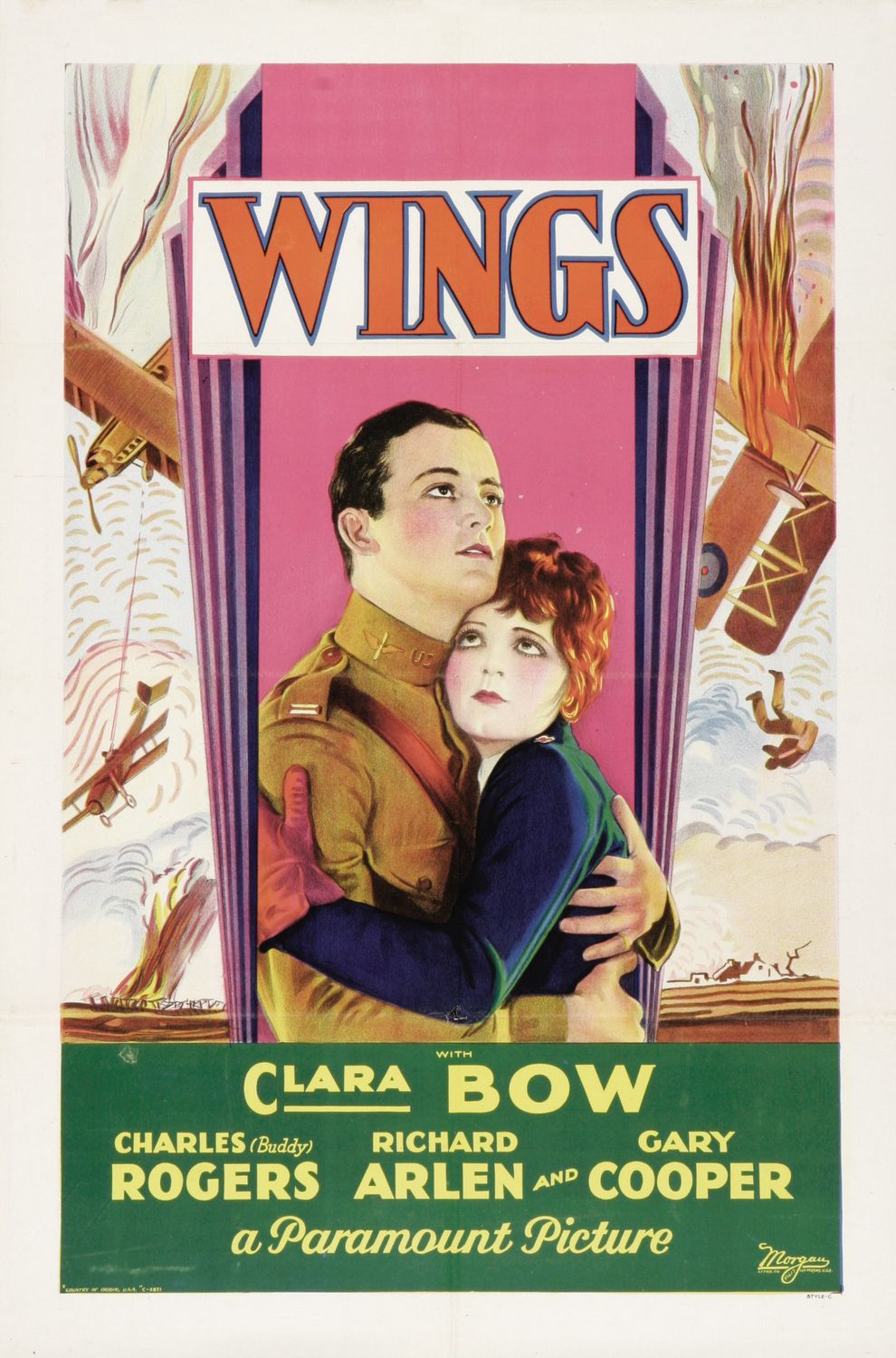
Wings (1927)
“Wings” (1927), directed by William A. Wellman, is a groundbreaking World War I film known for its pioneering aerial photography and realistic combat scenes. Featuring performances by Clara Bow, Charles “Buddy” Rogers, and Richard Arlen, it won the first Academy Award for Best Picture. The film blends action, romance, and drama, remaining influential in cinema history.

